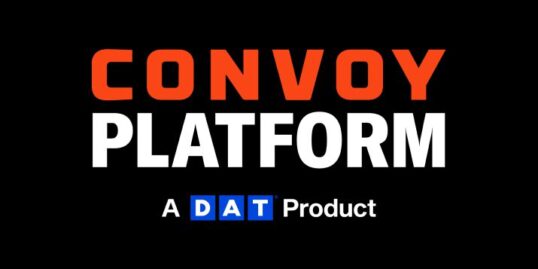
Today’s truckload transportation market has a lot of moving parts. Between various economic modes, constantly shifting rates, different procurement strategies and pervasive uncertainty, it can be difficult for shippers to feel confident and prepared. Earlier this month at CSCMP Edge 2023, DAT Chief Scientist Dr. Chris Caplice hosted a presentation alongside Steve Raetz, Director of Research and Market Intelligence at C.H. Robinson, on managing uncertainty in truckload transportation. Below is a recap of the topics covered during the session.
Breaking down the variables
When developing a strategy or a routing guide, shippers have a lot of decisions to make. What’s the best method to deliver freight? What is the best rate available? Which carrier will be the best partner? Let’s break it down:
Full Truckload (FTL) vs. Less-han-Truckload (LTL)
Full Truckload (FTL) and Less-Than-Truckload (LTL) shipping are two different options for shippers moving freight. FTL means one customer has contracted one shipping trailer to transport products from point A to point B. LTL refers to mixed trailers that can contain freight from two or more customers. LTL loads make several stops to pick up and drop off goods rather than having one direct route.
Currently, the FTL market makes up about 45% of trucking revenue (about $404 billion) and LTL makes up only 11% (about $96 billion). Private or dedicated loads make up the remaining portion. The two modes also have very different economic strategies behind them: FTL is an economy of scope whereas LTL is an economy of scale. So, while FTL focuses on the average total cost of production for various goods, LTL focuses on the cost advantage that arises from only producing one good. Companies that use FTL lower their shipping costs by producing a variety of products whereas companies that use LTL achieve lower costs by increasing production of a single product.
While FTL is the quicker method of delivering freight, LTL shipments are often more frequent as shippers do not have to fill the truck to depart. However, LTL shipments also come with greater uncertainty. Freight is passed through various terminals, is unloaded and loaded multiple times, and passes through many hands. As such, there’s an increased risk of damage, theft, or lost goods.
For-hire carriers and owner-operators
U.S. truckload capacity is extremely fragmented. Within the industry, some carriers are for-hire and the rest are a part of a private fleet. Among the for-hire carriers, 66% work as owner-operators, and the others are company employees. However, of all these carriers, almost 90% operate between 1-5 trucks. This means that there are a variety of different carriers to choose from but few of them have a high number of vehicles.
Owner-operators are independent contractors who can play many different roles. They can sell their services directly to shippers or lease their equipment and services to other carrier companies. They can be the drivers themselves or they can manage a few other drivers who work under them. This fragmented nature makes it challenging for shippers to decide which carriers best fit their needs.
Spot rates vs. contract rates
It’s critical that shippers evaluating market conditions understand the difference between spot and contract rates. You can think of them like “weather” and “climate.” Though they look at the same situation, they focus on different timelines and perspectives. The spot market (like the weather) reflects day-to-day changes and contract rates (like the climate) moves slower and are set over a longer period of time.
As it currently stands, spot market rates are lower than contract rates. This is driving more and more shippers to the spot market. Prior to 2017, the average spot usage rate was around 11% but during the routing guide failures of 2017 and 2018, it jumped up to 20% and then dropped back to its usual rate. During the pandemic, spot market usage grew to 25%. While many transportation and logistics experts expected to see rates drop again, they’ve remained consistent at around 20%.
Shippers tend to turn to the spot market for one of two reasons: routing guide failure or direct-to-spot. Despite routing guide failure returning to “soft market” levels, direct-to-spot has grown, likely driving the increased usage we now see. This is due in part to the increasing accessibility of accurate market data among shippers, which makes it easier to assess the benefits of using the spot market.
Navigate uncertainty with a solid strategy
While today’s truckload transportation market can be tumultuous and unpredictable, it also enables shippers to capitalize on a blended strategy of structured contract rates and transactional spot market rates. Spot rates are an excellent option for lanes with low, infrequent volume, while contract rates are the best choice for reliable lanes that require a bit more control.
It’s important to remember that neither is a one-size-fits-all solution. Both must rely on accurate third-party data to give shippers the insights they need to establish effective strategies. By developing a dynamic portfolio driven by freight market intelligence, shippers can better navigate uncertainty in the marketplace and feel confident in their strategies and routing guides.
To learn more about how DAT iQ’s full suite of shipper solutions can help you navigate uncertainty, reach out to one of our experts.


